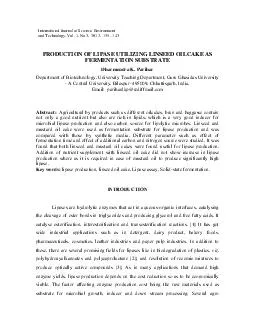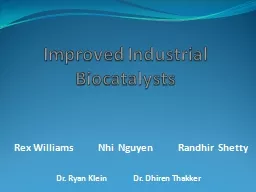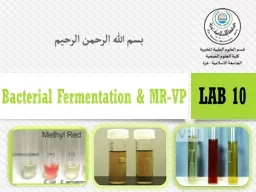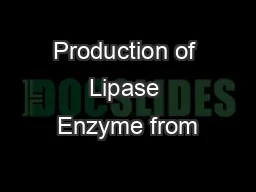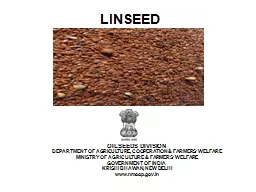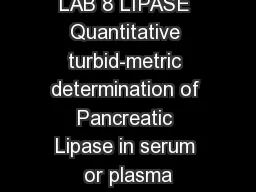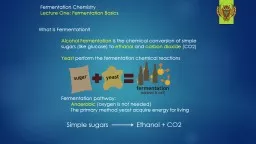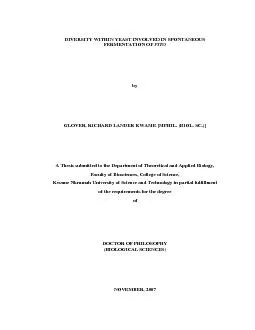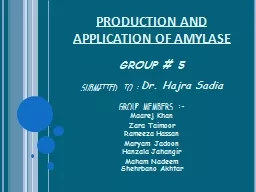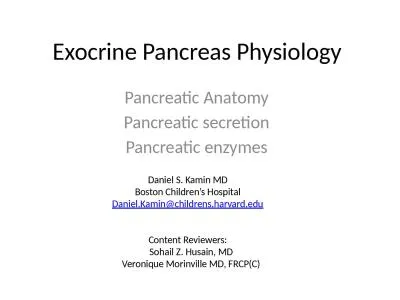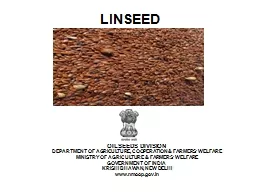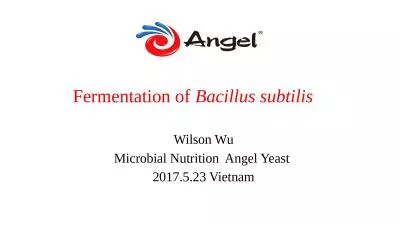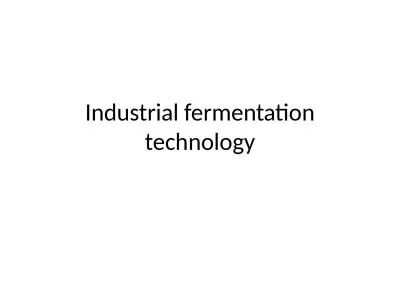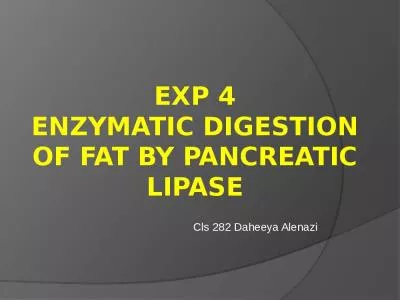PDF-PRODUCTION OF LIPASE UTILIZING LINSEED OILCAKE AS FERMENTATION SUBSTRA
Author : phoebe-click | Published Date : 2015-08-26
Dharmendra K Parihar byproducts including wheat bran rice bran dexrin sugarcane baggase oil cakes such as coconut oil cake olive oil cake and gingili oil cakes have
Presentation Embed Code
Download Presentation
Download Presentation The PPT/PDF document "PRODUCTION OF LIPASE UTILIZING LINSEED O..." is the property of its rightful owner. Permission is granted to download and print the materials on this website for personal, non-commercial use only, and to display it on your personal computer provided you do not modify the materials and that you retain all copyright notices contained in the materials. By downloading content from our website, you accept the terms of this agreement.
PRODUCTION OF LIPASE UTILIZING LINSEED OILCAKE AS FERMENTATION SUBSTRA: Transcript
Download Rules Of Document
"PRODUCTION OF LIPASE UTILIZING LINSEED OILCAKE AS FERMENTATION SUBSTRA"The content belongs to its owner. You may download and print it for personal use, without modification, and keep all copyright notices. By downloading, you agree to these terms.
Related Documents

